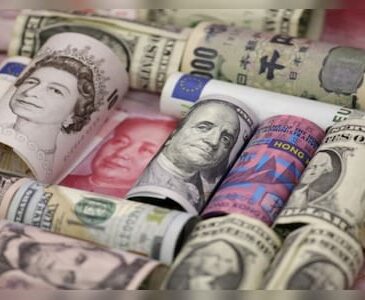
When it comes to the top currencies, the Japanese yen is undoubtedly at the top of the list, with record weakness against all G10 currencies. The euro is also in the crosshairs of currency traders, and is suffering from numerous sell-offs.
The situations are certainly not comparable, but it has to be said that the result is the same: the Japanese yen and the euro are both at the back of the pack. The reasons for this disenchantment are well known: the yen is benefiting from the Central Bank of Japan’s accommodating monetary policy, resulting in a devaluation of its currency, which it is nevertheless attempting to limit by intervening massively on the foreign exchange market. For its part, the euro is bearing the full brunt of the outcome of the European elections and the political instability in France as we await the results of the early legislative elections. And there’s no guarantee that once the results are in, the euro’s slide will be over.
The USDJPY recorded a new annual high above 160, with a next target at 161.85 and initial support around 157.60. EURUSD successfully tested the line that has joined the lows since last October, support at 1.0688 (closing). The first short-term resistance is at 1.0812. On the downside, the next support lies on the April lows at 1.0620.
In commodity currencies, the aussie remains locked in its horizontal consolidation channel against the dollar between 0.6578 and 0.6700. Comments made by the Australian Central Bank, which is questioning whether inflation will pick up again, argue in favor of an upward exit from this consolidation zone. Conversely, the kiwi has just broken 0.61, validating a short-term reversal pattern in the form of a double top, with a theoretical downside potential of 0.6000. Invalidation lies at 0.6150.


